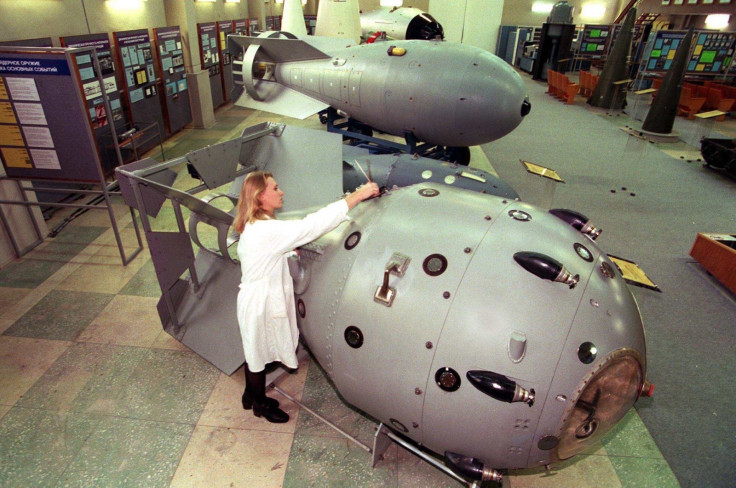Verifying, dismantling of nuclear bombs may be possible soon, initial tests successful
Currently, there are many covert nuclear regimes, who don't admit to transgressions even when caught.
Nuclear weapons, in recent history, have become an object of blackmail. In fact, even when some countries claim that they have dismantled nuclear weapons, there are no credible ways to verify that they actually did it.
Weapons inspectors have not yet developed credible means of verification even on the rare occasions they are granted access to military installations.
In the past, US-Soviet pacts have called for the destruction of delivery systems but not actual nuclear warheads. In the past, some bizarre methods have been used such as dismembering planes and leaving the debris for the other side to verify.
However, these nuclear warheads can be reused, sold or accidentally set off.
According to Areg Danagoulian, an MIT nuclear scientist, "There's a real need to pre-empt these kinds of dangerous scenarios and go after these stockpiles. And that really means a verified dismantlement of the weapons themselves."
Danagoulian and his team claim that they have tested a new method that could help inspectors ascertain the destruction of nuclear weapons – it uses neutron beams to establish facts about the dismantling of nukes. An isotopic filter will physically encrypt the information and measure the data.
The method can be used for particular isotopes of plutonium.
In initial testing, a horizontal neutron beam was sent through the proxy of a warhead and then through a lithium filter which will scramble the information. The signal is then sent to a glass detector, which obtains the signature of the data.
"At the low energy range, the neutrons' interactions are extremely isotope-specific. So you do a measurement where you have an isotopic tag, a signal which itself embeds information about the isotopes and the geometry. But you do an additional step which physically encrypts it," Danagoulian adds.
This means that inspectors can assess nuclear dismemberment without the threat of divulging of details of how the weapons are engineered.
This system also prevents inspectors from trying to reverse engineer weapons. It also prevents them from being fooled by fake but identical-looking weapons.
Currently, the system isn't mobile, but the researchers are working on a five-metre mobile system.

© Copyright IBTimes 2024. All rights reserved.





